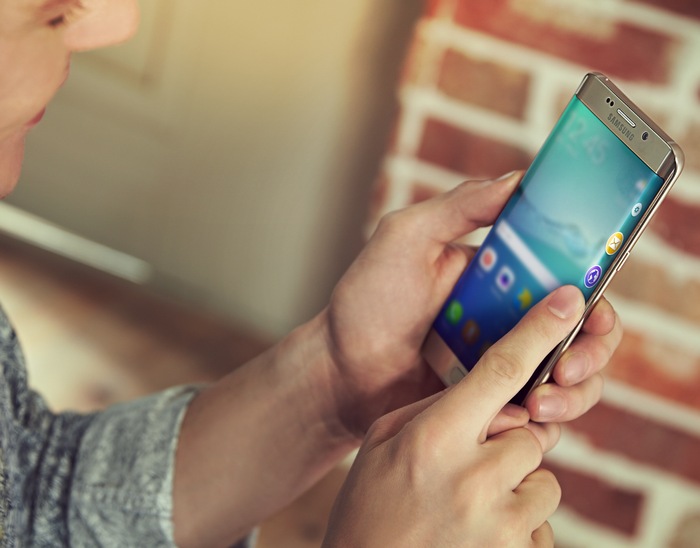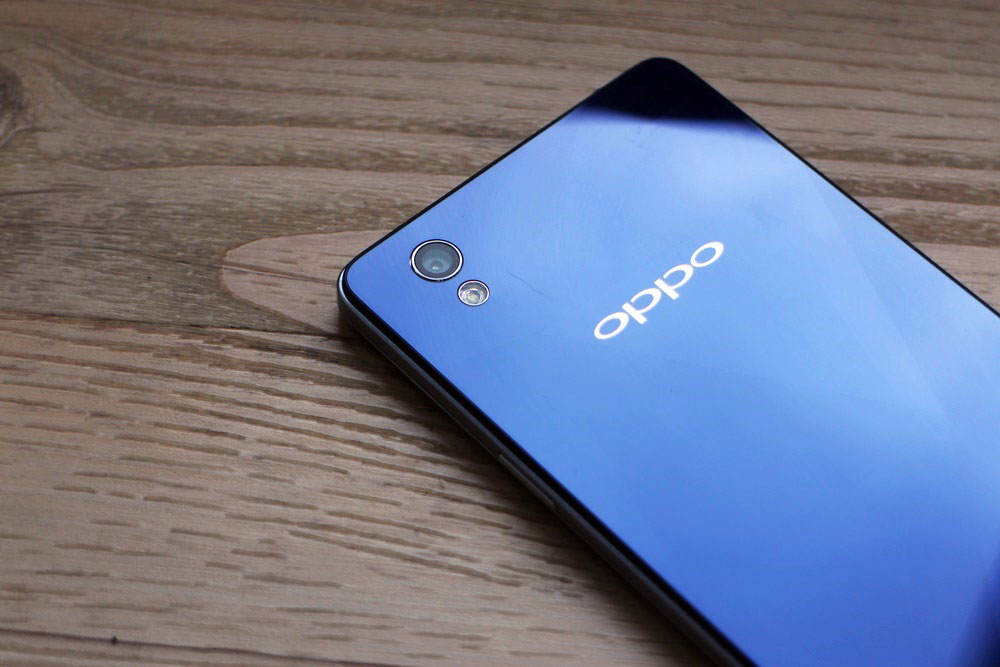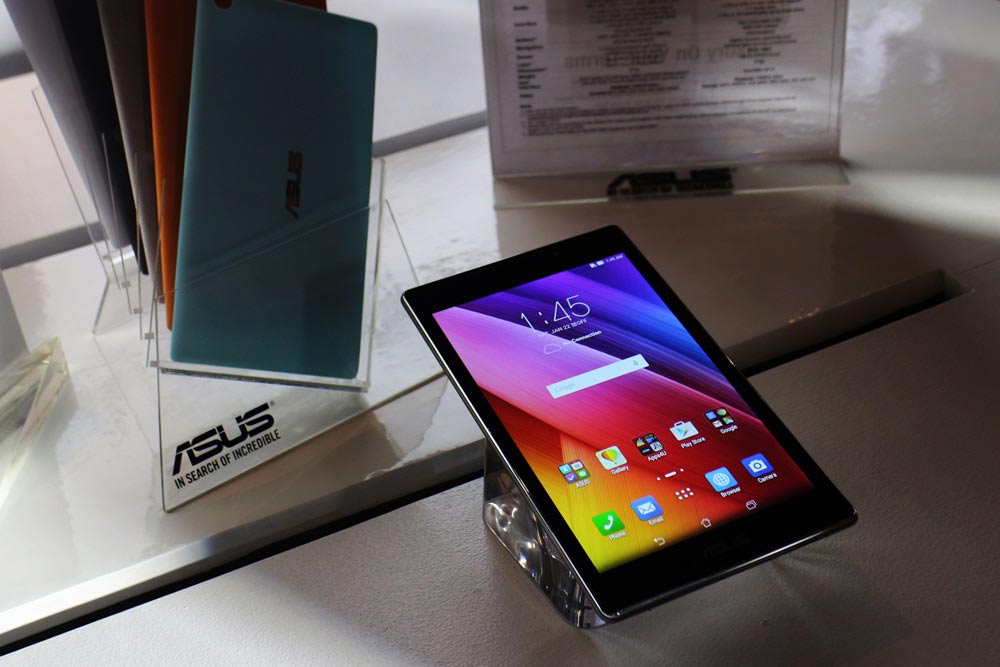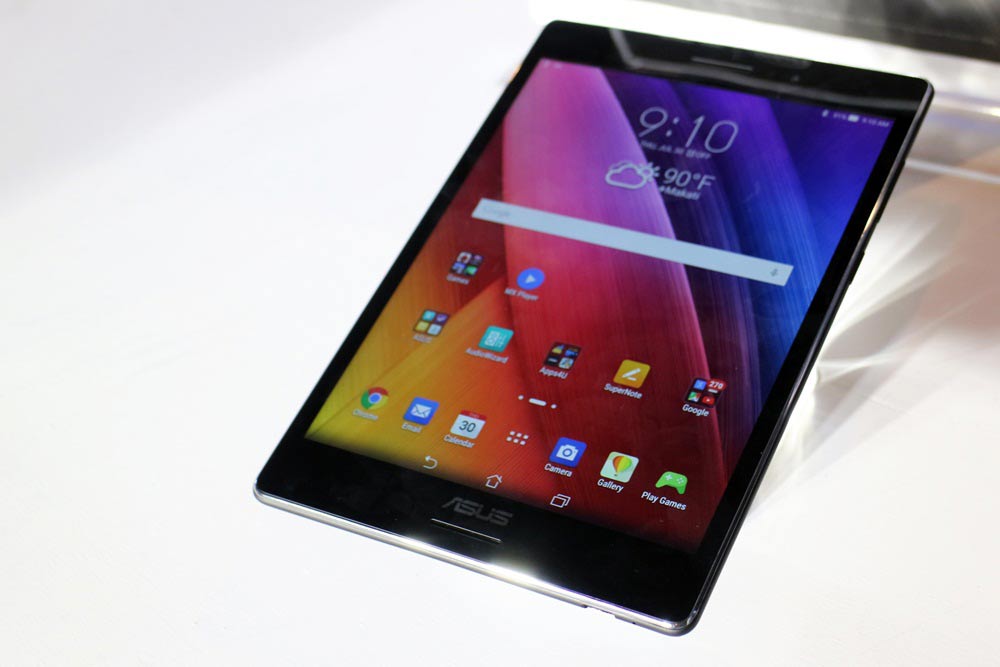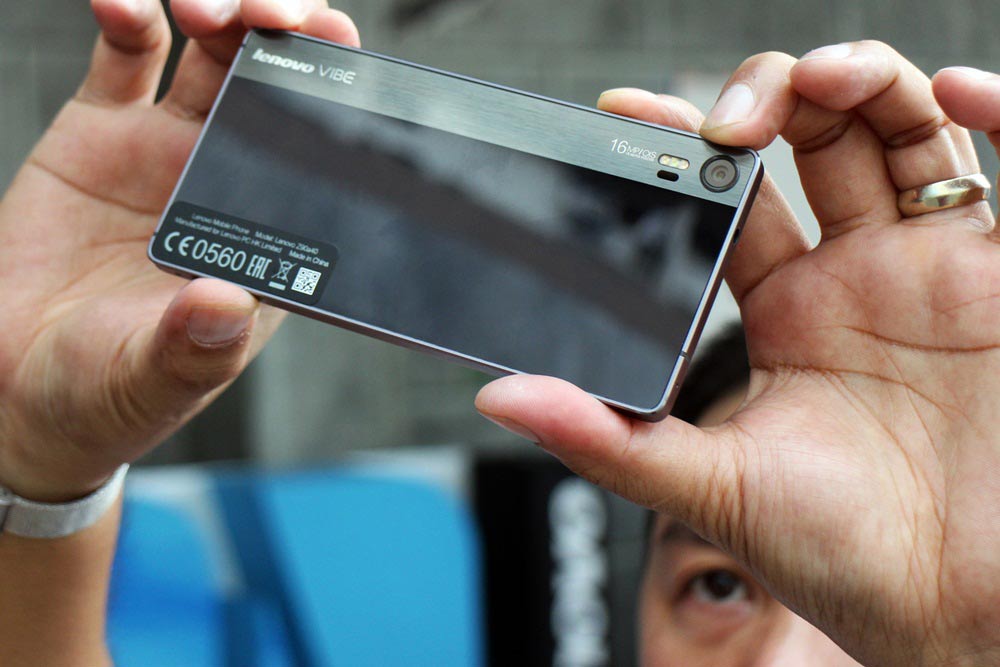I’m worried about Samsung. Not because its profits continue to fall on the back of the market’s lukewarm reaction to the now-discounted Galaxy S6, arguably its most compelling smartphone yet. Not because it has tampered with the Galaxy formula by jettisoning microSD expansion and removable batteries, much to the disappointment of long-time fans. Not because Apple’s market dominance shows no signs of slowing.
I’m just worried, because Friday’s announcement could have ended with one super-sized phone, except it ended with two.
In one corner: a Samsung sequel that, as expected, puts its extra screen real estate to even better use and rightfully bills itself as a productivity device. The Note series, with its S Pen stylus and accompanying suite of software features, represents the pinnacle of what a big-screen phone can do and be, and Samsung was right to introduce a Galaxy Note reboot in August.
The Note series, with its S Pen stylus and accompanying suite of software features, represents the pinnacle of what a big-screen phone can do and be.
In the other corner is the Galaxy S6 Edge+, or, if you will, an S6 Edge stretched in all directions, which is about as silly as it sounds.
Sure, it has a larger, 5.7-inch curved-edge display that narrowly misses the back of the phone, but if there’s anything to be gleaned from its predecessor, it’s this: the S6 Edge+ doesn’t fix the S6 Edge’s most glaring fault. Rather, it shines the spotlight on what I found to be the most annoying thing about a curved-edge display: the glare off its tapered edges. Bigger isn’t always better, and it’s especially true for Samsung’s latest curved phone.
The S6 Edge+ doesn’t fix the S6 Edge’s most glaring fault. It shines the spotlight on what I found to be the most annoying thing about a curved-edge display: screen glare.
But my argument against the Galaxy S6 Edge+ has less to do with what it is and more to do with what it is not. What it is not, is the Galaxy Note 5, which, despite what some Samsung loyalists might like to believe, is one of the best big-screen phones you can buy today. It’s cheaper, too, but only by a mere P3,000.
Unlike the Galaxy S6 Edge+, the Galaxy Note 5 isn’t just a blown-up version of another Galaxy flagship; it’s different in ways that genuinely do make the case for stepping up to a larger screen. That the Galaxy Note is already in its fifth iteration reflects Samsung’s success in creating a need that hadn’t existed before the Note came along.
My argument against the Galaxy S6 Edge+ has less to do with what it is and more to do with what it is not. What it is not, is the Galaxy Note 5.
I could be in the minority here, of course — for those who want it, the “how” and “why” of the Galaxy S6 Edge+’s existence may be largely irrelevant. I know this much, though: Samsung took a risk with the Galaxy S6 Edge+, which, judging from the company’s stock performance over the past quarters, is like chucking a basketball from way beyond the arc when the team is down double digits with under a minute left in regulation.
Whether the ball goes through the hoop remains to be seen, but we’ll know for sure come Samsung’s next earnings call.
Samsung Galaxy Note 5 specs (Price in the Philippines: P36,990):
* LTE
* Samsung Exynos 7420 CPU
* Mali-T760-MP8 GPU
* 4GB RAM
* 32GB internal storage
* 5.7-inch Super AMOLED display with Corning Gorilla Glass 4 (1,440 x 2,560 resolution)
* 16-megapixel rear camera
* 5-megapixel front camera
* 3,000mAh sealed battery
* S Pen stylus
* Android Lollipop 5.1.1
Samsung Galaxy S6 Edge+ specs (Price in the Philippines: P39,990 for the 32GB model; P44,990 for the 64GB model):
* LTE
* Samsung Exynos 7420 CPU
* Mali-T760-MP8 GPU
* 4GB RAM
* up to 64GB internal storage
* 5.7-inch Super AMOLED curved display with Corning Gorilla Glass 4 (1,440 x 2,560 resolution)
* 16-megapixel rear camera
* 5-megapixel front camera
* 3,000mAh sealed battery
* Android Lollipop 5.1.1
[youtube link=”https://www.youtube.com/watch?v=qH70ERrkuTA” width=”560″ height=”315″]
Galaxy S6 vs iPhone 6 camera shootout from our YouTube channel
[youtube link=”https://www.youtube.com/watch?v=QqYsIRU5rQU” width=”560″ height=”315″]











